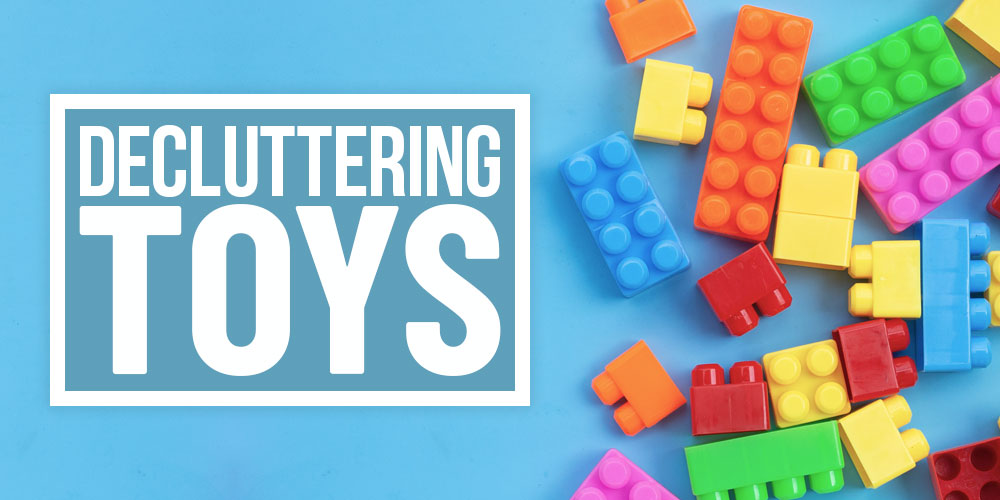
NAVIGATION
There are so many areas in life in which the world will try to convince you that “more is more,” and that definitely seems to be the case in the realm of kids’ stuff. I often hear people telling new parents that they should prepare for their home to be completely overwhelmed by kids’ toys, games, and belongings. But that doesn’t have to be the case.
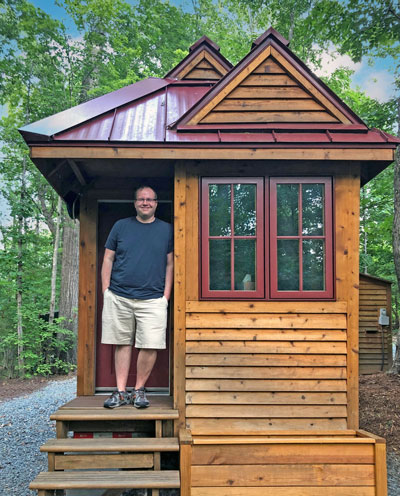
Hi, I’m Ryan
As a minimalist living in a tiny home, I’ve learned that all types of clutter can be managed with the proper approach — and it’s no different when it comes to kids’ stuff.

Parents can take a stand against clutter in their home — and that extends to kids’ things, too. It’s possible to purge children’s toys so that what’s available meets a child’s needs and enables hours of creative play, without taking up too much space.
How To Declutter Your Kids’ Toys

It’s one thing to keep your own belongings organized, but having kids in a minimalist home can add more potential for chaos. How often do you find yourself stepping on things that you didn’t leave on the floor, sitting on something you didn’t expect to be there, or looking for something that isn’t where you left it? Managing this chaos is a lot easier if you have a sound strategy.
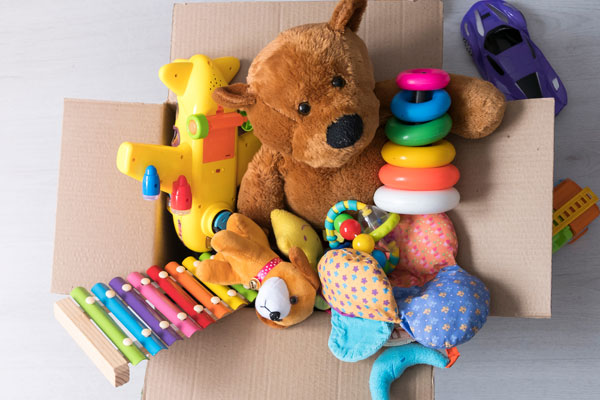 There have been plenty of times where I’ve struggled to find the motivation to declutter, but after over a decade of minimalist living, I’ve found some ways to combat that unmotivated mentality.
There have been plenty of times where I’ve struggled to find the motivation to declutter, but after over a decade of minimalist living, I’ve found some ways to combat that unmotivated mentality.
Using a logical, step-based approach will keep you from getting too sentimental as you consider what stays and what goes.
When decluttering a toy room, the key is not to focus on what you’re losing, but how to maximize the enjoyment of what you keep.
When Is The Best Time To Declutter Toys?
The best time to declutter is often before holidays, birthdays, and other gift-receiving events. When decluttering is done before these occasions, the influx of new objects doesn’t feel so overwhelming.
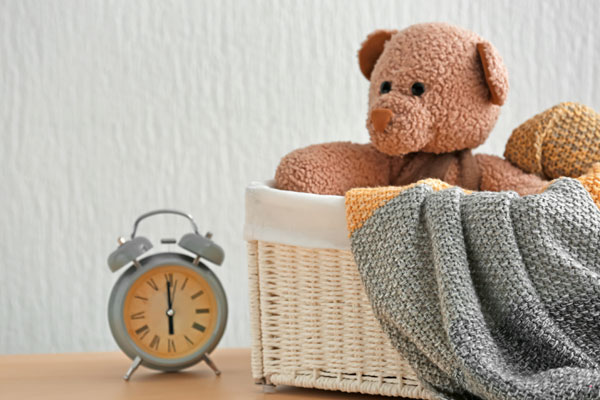 On these occasions, it’s also good to remind your kids (and yourself) that you don’t have to keep gifts you don’t like. If you receive something your child doesn’t want or isn’t interested in, send it to its forever home before it becomes part of yours.
On these occasions, it’s also good to remind your kids (and yourself) that you don’t have to keep gifts you don’t like. If you receive something your child doesn’t want or isn’t interested in, send it to its forever home before it becomes part of yours.
Of course, the change of seasons is another obvious time to undertake decluttering projects in the home. This makes sense especially for things like clothing or outside toys like sleds and sports balls that you really only use for part of the year. You might also plan to do this on the first day of every other month, with the new calendar page being a metaphorical clean slate.
Benefits of Decluttering Your Kids’ Toys

When you think about how to declutter kids’ stuff, it’s important to remember the pot of gold at the end of the rainbow. Decluttering should not be associated with deprivation or negative feelings, but rather a sense of freedom, enabling play and relaxation. One of the primary goals of living a minimalist, intentional life is to reclaim the control that objects have over you.
Decluttering Makes It Easier To Clean And Tidy
One of the major benefits of taking time to declutter is that it becomes easier to actually clean the entire home. This is important when it comes to kids’ stuff, because kids tend to transport more dirt and debris than adults do. Sweeping up is way easier if there aren’t a lot of other objects in the way.
A Minimalist Mindset Promotes A Peaceful Home
In my personal experience and research, I’ve learned that clutter and mess are directly linked to negative emotions and stress. Keeping your home tidy and decluttered can help reduce anxiety, because your home becomes a place of peace and serenity that you’re always happy to return to.
Having Fewer Things Helps You Appreciate What You Have
Every day, we encounter messages trying to convince us that we always need more — which can lead to never appreciating what is right in front of us. I’ve found that choosing to live a minimalist life means coaching yourself to tune out those messages and want less, so you can feel free.
Removing clutter from your life — whether it be in the kitchen, closet, or toy bin — is nothing short of a revolutionary act, which can pay big dividends to your mental wellbeing.
How to Decide Which Toys to Keep

When you consider how to purge children’s toys and books, there are a number of guidelines that can create a methodical framework to help with the process. I find that by reminding myself of the ground rules before starting a decluttering project, I avoid getting tripped up by doubt or nostalgia.
Get Rid Of Anything Broken Or Unsafe
This one might seem too obvious to mention, but toys can’t talk. A limbless doll at the bottom of a toy bin might stay there for months before it’s noticed by someone. A toy that’s been loved for a long time might start falling apart, or splintering after too many play sessions. Throwing things away can feel uncomfortable if it’s something you’re not used to doing, but, like anything else, I’ve found it gets easier with practice.
Pass On Aged-Out-Of Toys
My friends with kids tell me that this is one area where decluttering a toy room can be a fun and even touching project, and a great way to engage children in the process.
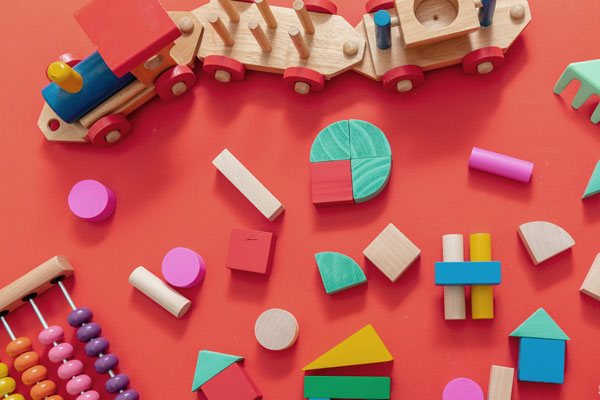 Recollecting the fun moments a book or toy has brought can be very special. Beyond that, explaining to a child that they’re becoming a big kid who’s ready for new, big-kid things will help them get excited to pass items down to younger friends, neighbors, and relatives.
Recollecting the fun moments a book or toy has brought can be very special. Beyond that, explaining to a child that they’re becoming a big kid who’s ready for new, big-kid things will help them get excited to pass items down to younger friends, neighbors, and relatives.
If trying to do this brings up too many difficult feelings for your child, you may need to pause and try for a day when they’re more receptive, or do some of this work alone. There are likely toys that haven’t been used for some time that your kid has even forgotten that they own.
I used to experience this all the time before I got into a regular decluttering routine. In these cases, taking them away without the child’s involvement can be the right strategy.
Focus On Open-Ended Vs. Close-Ended Toys
When you declutter kids’ toys, make sure the items in the “keep” pile are open-ended, not close-ended toys. These are the ones that promote creative play by enabling children to use them in multiple ways, like art supplies or blocks. A puzzle is an example of a close-ended toy — they’re fun for a short time, but once they’re solved, the appeal dries up.
Use The Four-Box Method
I’ve found that a decluttering method that really works for me is the Four-Box Method. This method uses a series of four boxes to sort out what I want to throw away, give away, keep, or store. This can be used for all types of things — not just toys but clothes, shoes, books … the possibilities are endless. Having a structure to sort the items into makes it clear that I can’t keep everything — the “keep” box can only hold so much!
A Step-by-Step Guide To Decluttering Kids Toys

Over the years, I’ve found that asking myself certain questions and sticking to a specific method helps me get through decluttering more easily.
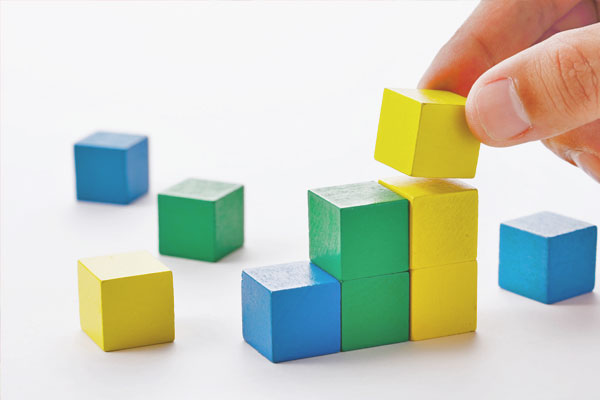
1Take Inventory Of All Your Toys
Some folks I know have a dedicated toy room or playroom, while others keep things in a section of their child’s room or the living room. Either way, take some time to gather all their toys into one space. This is a critical step towards assessing what you have and what will stay — one that I apply to all my decluttering projects.
2Set Aside The Toys You’re Keeping For Sure
Make one pile of the toys you definitely want to keep. Remember the rules above: these will be toys that are not broken and are safe, age-appropriate, and open-ended. Set a target number of toys to keep — many kid-decluttering pros recommend no more than 10.
3Separate Kids Toys You’re Passing On
Create a pile of the things you know for sure you can get rid of. Starting with one or two easy targets will help you establish the momentum to keep going. I find that researching a few places to donate decluttered items ahead of time is also helpful.
4Group The Remaining Toys Into Smaller Categories
As you progress, your passing-on pile will grow, and you will have an assortment of items left behind that you can group in other ways. For example, you may have a pile of toys that are not broken or unsafe, are still age appropriate, but not open-ended.
5Make A Final Decision About What’s Left
Once you have your piles, make your final decisions about what stays and goes. Use the guidelines above to make your choices, and try to stick to that target number you have in mind. You may tell your child to keep 10 or 20 toys, but you may even realize with time that your family can be happy with fewer.
Tips For Staying Organized After Decluttering Kids Toys

You need a system to enable your children to manage their stuff. A system of bins or cubes at a kid-friendly height (and carefully secured to the wall for safety) will help encourage them to keep things in their proper places on their own.
Another plus to using an organizational system is that there’s a visual sense of order. When a child sees a series of storage containers that perfectly fit the toys they have, it drives home the point that, when something new enters the house, something old needs to leave.
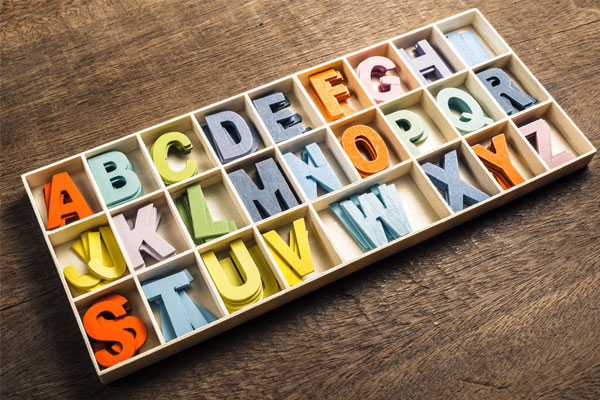
Define A Space For Kids’ Toys and Books
Encouraging a child’s independence by providing an orderly place for them to put their things away is crucial.
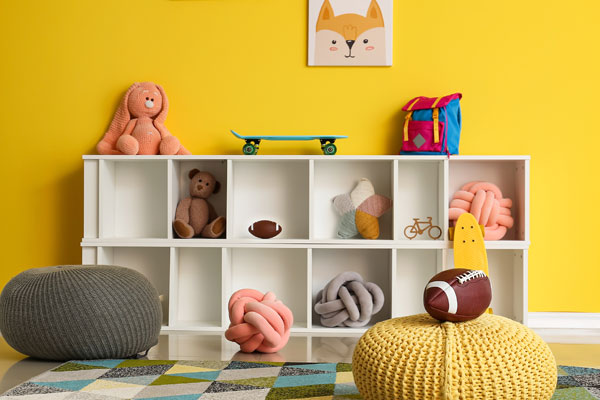 It’s important to have a place for everything to go. I’ve found that, with books especially, there are a lot of creative storage options.
It’s important to have a place for everything to go. I’ve found that, with books especially, there are a lot of creative storage options.
As a child grows, the storage format should grow with them. Toddlers may prefer a shelf low on the wall with cubbies below for books and free space on top for bulkier toys like bulldozers.
Later on, a series of bins could work well as they get into dinos, dolls, and art supplies. The goal here is to implement a system that they can operate independently.
Know When To Let Your Kids Help
When you are decluttering your kids’ stuff, whether to involve them and let them help depends a little on each child. I’ve seen that, for very small children, parents usually manage toys on their behalf.
Yet, as mentioned above, involving them can be an important step in helping them mature and feel ownership over their belongings and space. Showing them the value of decluttered, peaceful space that serves the needs of your family can pay dividends toward their future happiness and well-being.
How Many Toys Should My Kids Own?
There are also ways to bring new toys into your home without purchasing or permanently acquiring them. You could set up a trade with a schoolmate or neighbor, where the kids trade toys with each other for a week.
Some libraries and community centers even offer toy lending, where toys and games can be signed out and returned, allowing children to experience new toys on a regular basis without keeping them forever.
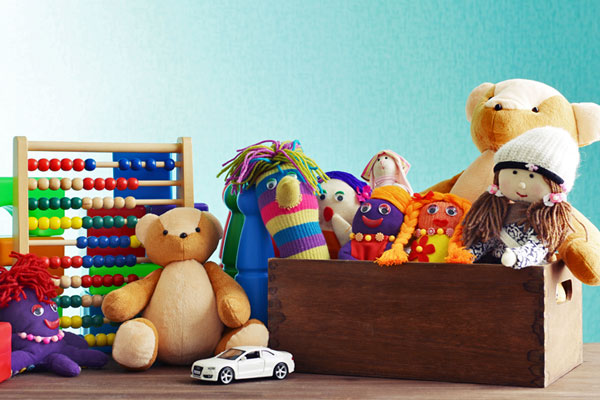
Foster Thoughtful Consumption and Spending Habits
The children of minimalists may or may not grow up with the same love of the intentional mindset. However, it’s important to involve your children in the process, not just demand that this is how things have to be. You can encourage your children to be more mindful of their consumption and spending.
For example, perhaps your child receives some birthday money and wants to head to a store right afterwards. Having them consider their planned purchase for a week before buying may make them realize that the impulse was a fleeting one, and they’d rather save up for a more substantial purchase.
Encourage Minimalist Gift Giving
When trying to control the flow of things coming into your home, it’s important to get the key people in your life on board. After you’ve curated and organized your ideal toy selection, the last thing you need is an influx of party favors and trinkets after every festive occasion. Consider sharing some ideas for minimal gifting with those in your life to help them understand the “less is more” mentality and why it is important to you.
Your Turn!
- Which of the benefits of toy decluttering are you most excited about?
- What are the “low-hanging fruits” in your family’s toy collection?





Leave a Reply